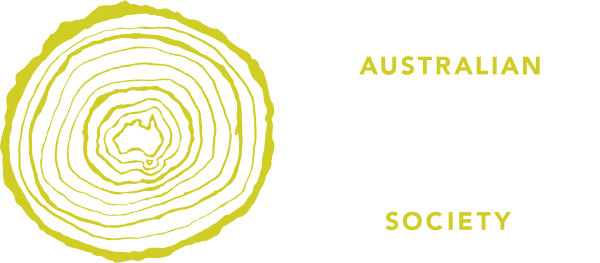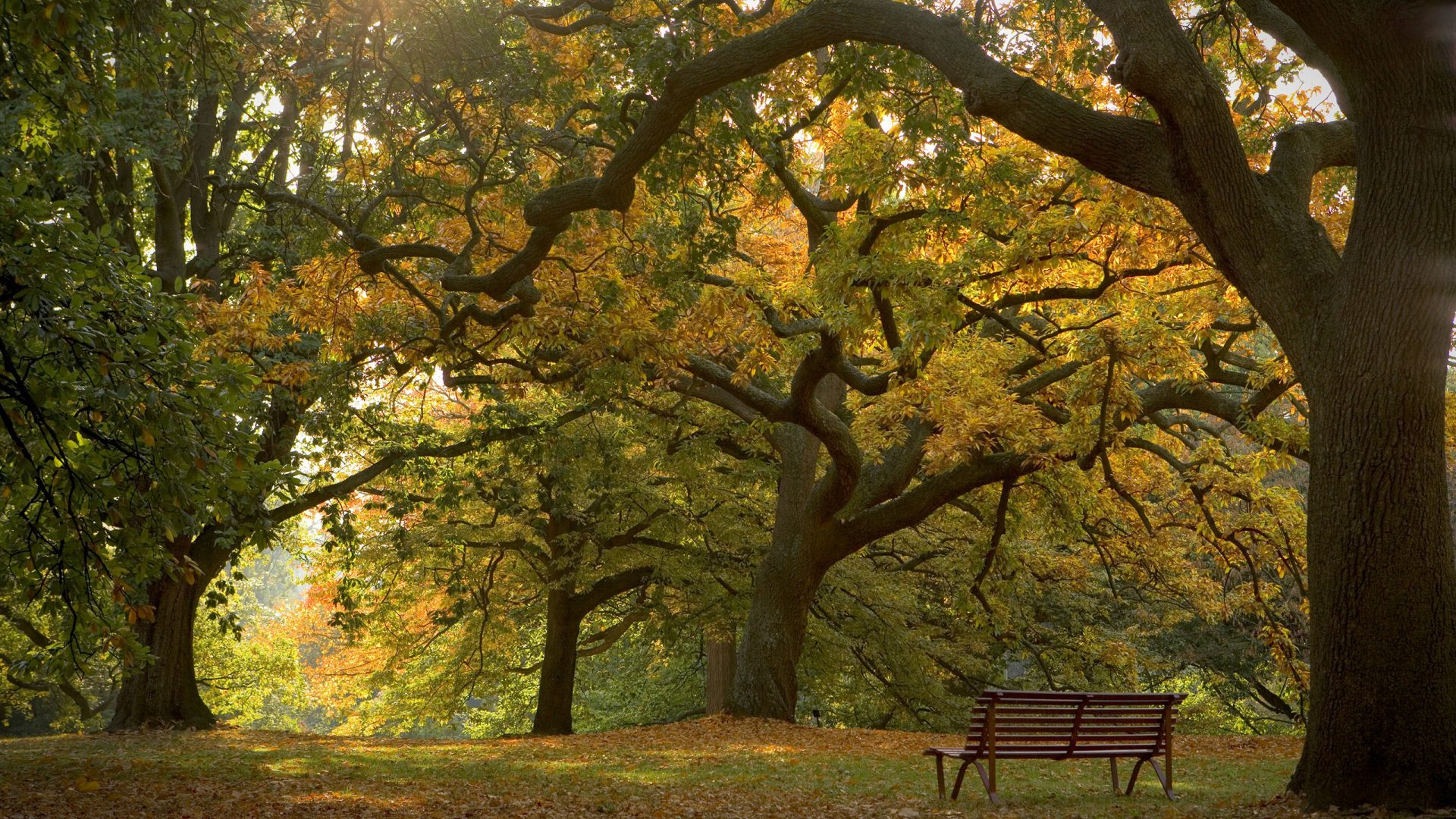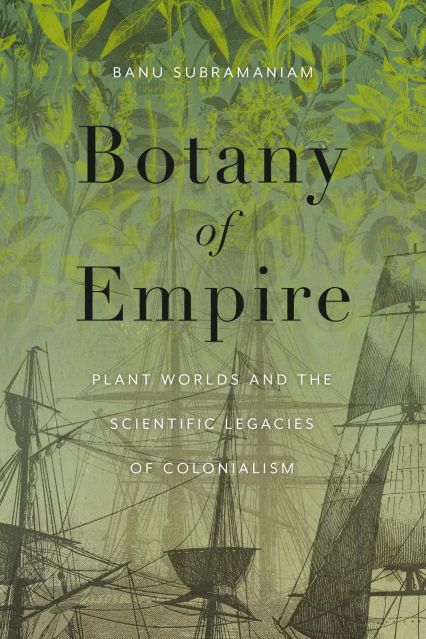This review was first published on the Landscape Australia website in March 2025.
One of the main material considerations of landscape architecture is vegetation and plants: planting design, plant types, plant performance and plant control as examples. As a discipline and profession, we take knowledge of the classification and nomenclature of the plant world as a given; knowledge provided by science. The assumptions in this uptake of knowledge largely ignore the colonial legacy of science (in particular, the science of botany) and the ways that the true richness, interconnectivity and complexity of the non-human world, including that of plants, is reduced immeasurably because of this.
Banu Subramaniam, an evolutionary biologist and professor of women, gender and sexuality studies at the University of Massachusetts, has released a carefully researched and wonderfully readable manifesto for questioning the legacy of the relationship between colonial thinking and the world of botany. In Botany of Empire: Plant Worlds and the Scientific Legacies of Colonialism, the history of the discipline of botany is articulated through the disparate but interrelated fields of gender studies, feminism, biological sciences, queer studies and, most forcefully, through Indigenous perspectives. This history becomes projective as we move through the book and is interwoven with a series of wonderful speculative stories – which the author calls ‘Fables for the Mis-Anthropocene’ – that underpin the move towards projection. Beyond being an exploration of the ills of colonialism, the book provides a template for forming new relationships with plants as a precursor to action in a necessarily interdisciplinary manner.
Drawing on Martinican writer Edouard Glissant’s understanding of colonialism – ‘the West is not a place, it is a project’ – Subramaniam argues that the project of colonialism has an infrastructure which, in its growth and reach, ‘erases other models of social organisation and myriad local systems of knowledge the world over’. The term ’embranglement’ is then used to describe an alternative mode of thinking in non-erasing interdisciplinary terms, one which necessarily carries within it a tension and is contingent on a truly equitable relationship between modes of thinking. It is a term through which it is hoped that the thinking of botanical science might become more multivalent, less powerful, less reductive and less prone to erasure – a place of multiple understandings.
Naming is part of the infrastructure of the colonial project, and is both an act of power and an act that reinforces power and the infrastructure that supports it. As Subramaniam points out,
scientific names, unlike local names based on plant characteristics, render plants alien.
Such naming further entrenches the unhelpful binary relationship between nature and culture that results from the scientific method. In the book, Subramaniam draws on the work of American artist and writer James Prosek to call Carl Linnaeus out for his ‘hubris…Plants and animals already had names in Indigenous languages, and Linnaeus, in a show of imperialism, renamed them with his Latinisms. He believed he could take nature – holistic, fluid and constantly changing – and fragment, label and systematize it.’ Once Latinised and stripped of the richness of their relationships to local culture, plants were commodified and became the subject of serious commerce, with humans largely divorced from a nurturing, local and seasonal relationship with the plant world.
Subramaniam points out the issues that then arise, whereby plants are afforded status based on further sets of binaries, including the designation of ‘weed species’. There is a striking corollary with two further issues for the practice of landscape architecture in Australia: the distancing of the landscape architect from their medium – landscape – and the discipline’s inability to properly reconcile its understanding of place in a 65,000-year-old continental context.
In his 1999 essay ‘Eidetic Operations and New Landscapes’, American landscape architect James Corner wrote of ‘the dark side of landscape’, through which ‘detachment and estrangement engender the very concept of landscape – as distanced prospect…’ This goes beyond the question of representation and challenges our disciplinary relationship to landscape more broadly; it is related to our knowing of both our medium and our discipline, especially in our relationships to First People’s knowledges.
Subramaniam’s book is a call for a decolonised approach to science, which can also be read as a call to the landscape architecture profession – in which I include myself as one of the we. Subramaniam suggests that
[the] world we have inherited need not be the world we live in or the world we leave to the next generation. We must work towards different futures every single day.
We can start by accepting that, as Argentine writer Jorge Luis Borges phrased it in his 1942 essay ‘The Analytical Language of John Wilkins’, ‘we do not know what thing the universe is’.
In Botany of Empire’s second interlude, ‘Fables for the Mis-Anthropocene: Making a Little Trouble Everywhere’, the story of embranglement is brought to light: ‘What is important…are not only individuals but communities, how organisms live together. Think of the coevolved strawflower and its only pollinator, the straw moth – the flower looks like a straw, as does the moth’s proboscis. Surely, they should share a name.’
Botany of Empire: Plant Worlds and the Scientific Legacies of Colonialism, Banu Subramaniam, University of Washington Press, 2024


